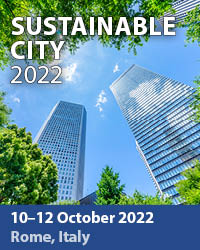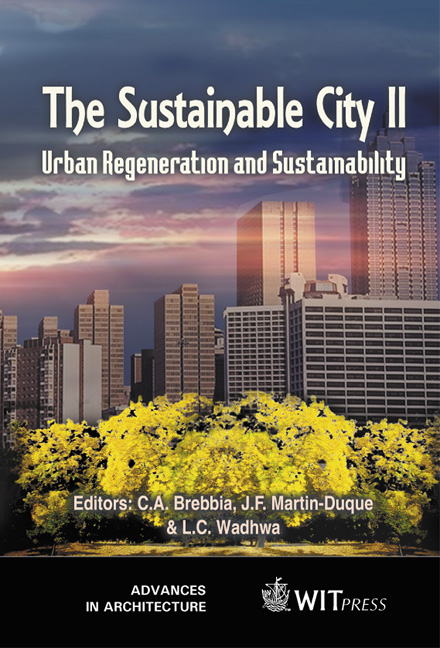The UNSW Ecoliving Program – Integration Of Teaching, Research And Community Outreach For Urban Sustainability
Price
Free (open access)
Transaction
Volume
54
Pages
Published
2002
Size
602 kb
Paper DOI
10.2495/URS020521
Copyright
WIT Press
Author(s)
P Osmond & C Little
Abstract
The UNSW Ecoliving Program - integration of teaching, research and community outreach for urban sustainability P. Osmond and C. Little Environment Management Program, University of New South Wales, Australia. Abstract The University of New South Wales (UNSW), located in inner-urban Sydney, Australia, has developed a strong sustainability profile in its teaching, research and campus operations. This paper discusses the background and achievements of the UNSW Ecoliving Program, established in 1999 to provide a ‘living laboratory’ for accessible, ecologically sustainable urban living as a dynamic learning resource for the University and the wider community. A crucial element of the program was the establishment of a participatory, multi-disciplinary decision making process which involves all stakeholders and places central importance on learning itself. Refinement and documentation of this process (as well as creation of tangible products) has been identified as a key outcome in terms of the Program’s ongoing educational value. The Program operates From a University-owned house and adjacent permaculture garden close to the main campus. Involvement of local residents, NGOs and groups with special needs is seen as central to the concept of sustainability as well as to the Program’s success. The site provides a resource for students and staff from a diversity of disciplines and members of the general community to engage in collaborative and individual environmental management/design related projects. It also provides a showcase for various aspects of urban sustainability practice and a physical base for tours, workshops and seminars for educators, policy-makers and the community. A major objective of the Program is to ensure that design elements and systems are both accessible and transferable to other sites and situations. Through evaluation and continual improvement, it is intended to accumulate a knowledge base which can be used to inform future works - on the existing site, on the UNSW campus and in the broader urban context.
Keywords





